
What is acquired ptosis (low-lying lids)
and how can it affect you?

What is acquired ptosis (low-lying lids) and how can it affect you?
Are low-lying eyelids making your eyes look a little tired?
You may have acquired ptosis.
Acquired ptosis (low-lying lids) is a common medical condition that:
- Can develop later in life
- Affects adults of all ages, but occurs more often with increased age
- Usually occurs when the muscles in the eyelid stretch and weaken, causing the upper eyelid to droop
- May be caused by other issues, such as cataract surgery, contact lens wear, or an underlying medical condition. It could also be a sign of a more serious medical condition.
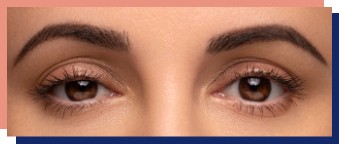
Actual patient image courtesy of Dr. Alex Kabiri

Millions of people who have acquired ptosis may not even be aware of it
- Millions of people over the age of 40 may have acquired ptosis
- But only 15% have been diagnosed, and even fewer have received any treatment*
*Estimate of prevalence was calculated using both U.S. Census data and a published study by Sridharan et al. (1995). The Sridharan study observed a prevalence rate of 11.5% (n=400), which was then applied to the US Census’ projected 2020 population of Americans aged 50+ years.


Can you recognize acquired ptosis (low-lying lids)?
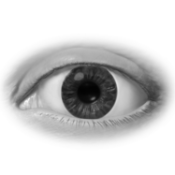
Normal |
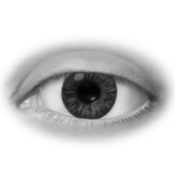
Mild |
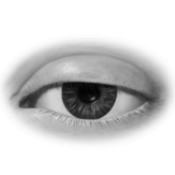
Moderate |
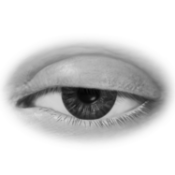
Severe |
Acquired ptosis can lead to vision impairment
-
Low-lying eyelid(s) can affect eyesight by not only blocking your vision, but also by reducing field of vision, which may interfere with day-to-day functions such as:
- Reading
- Driving
- Computer use
- Looking up without the need to tilt your head back


Actual patient






